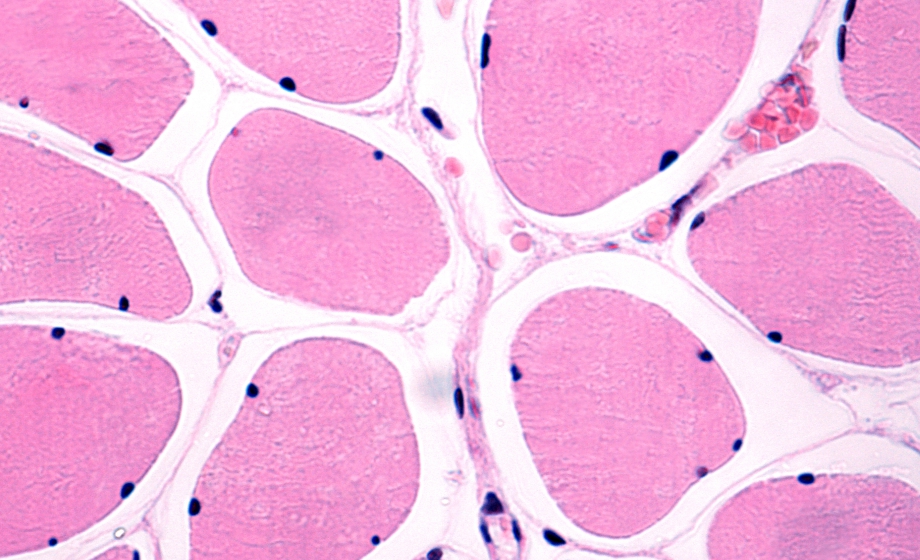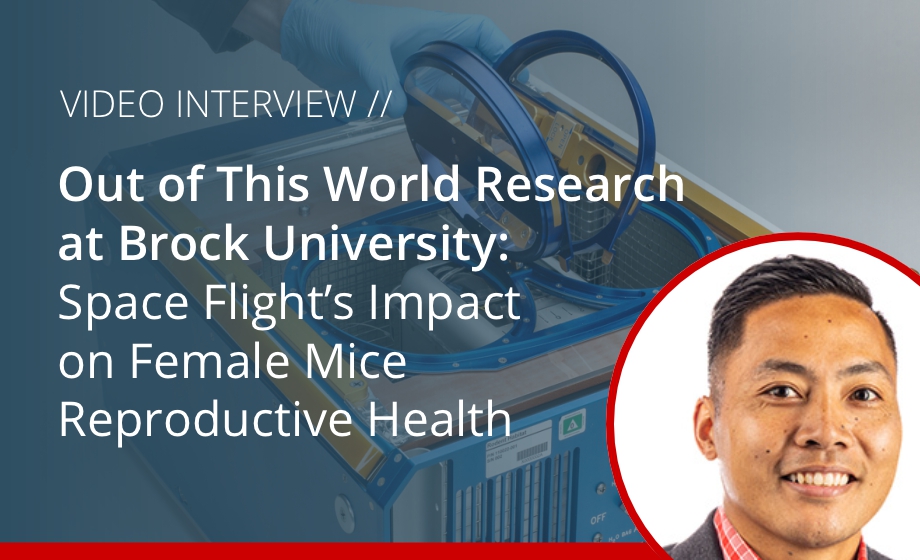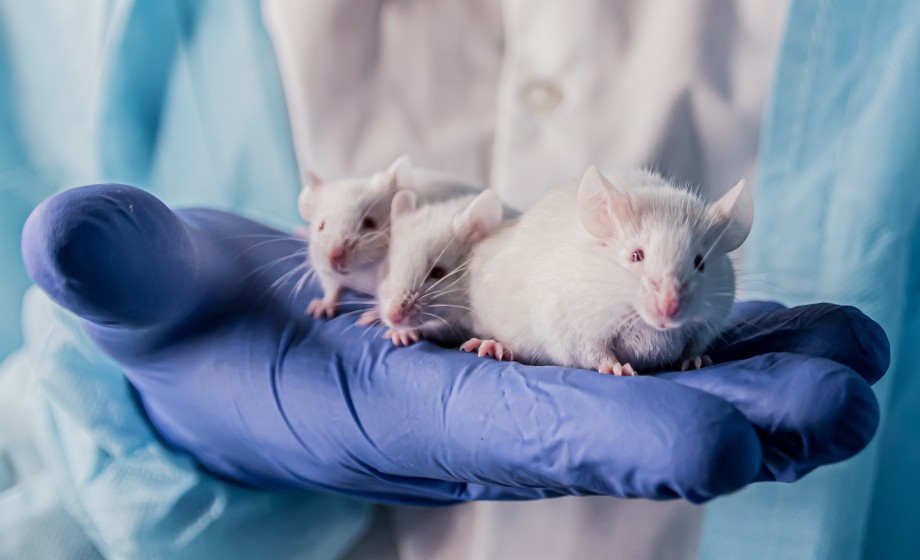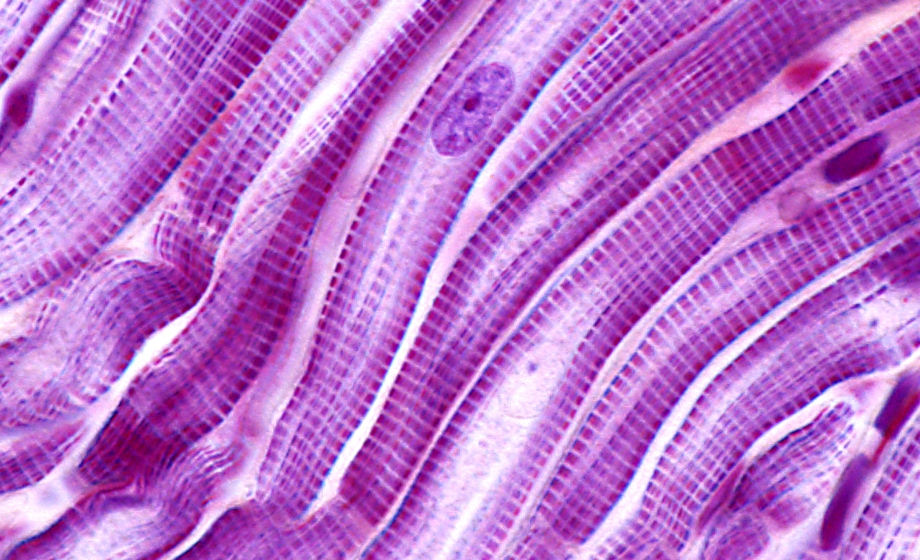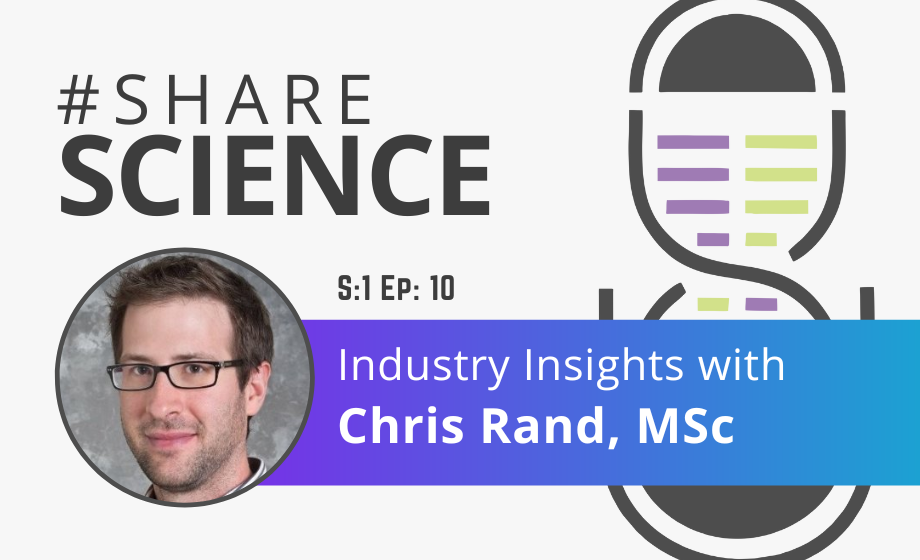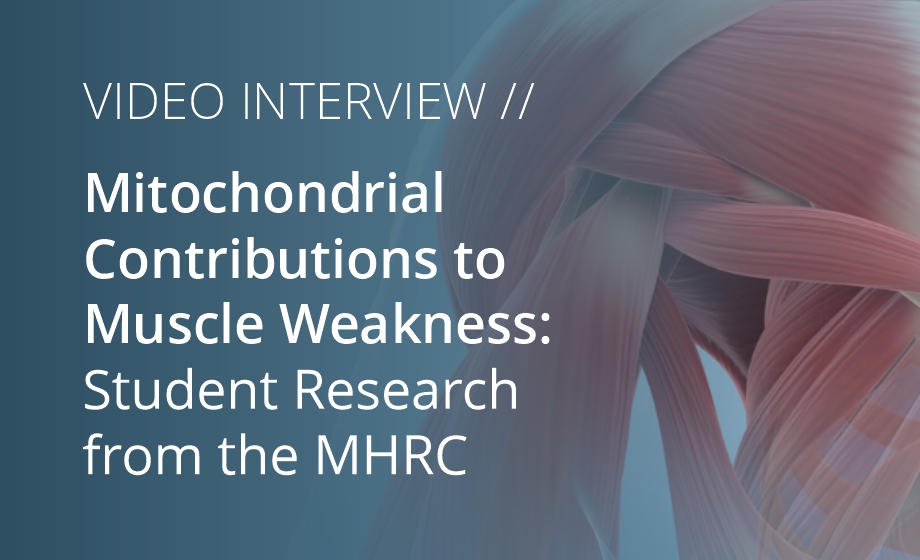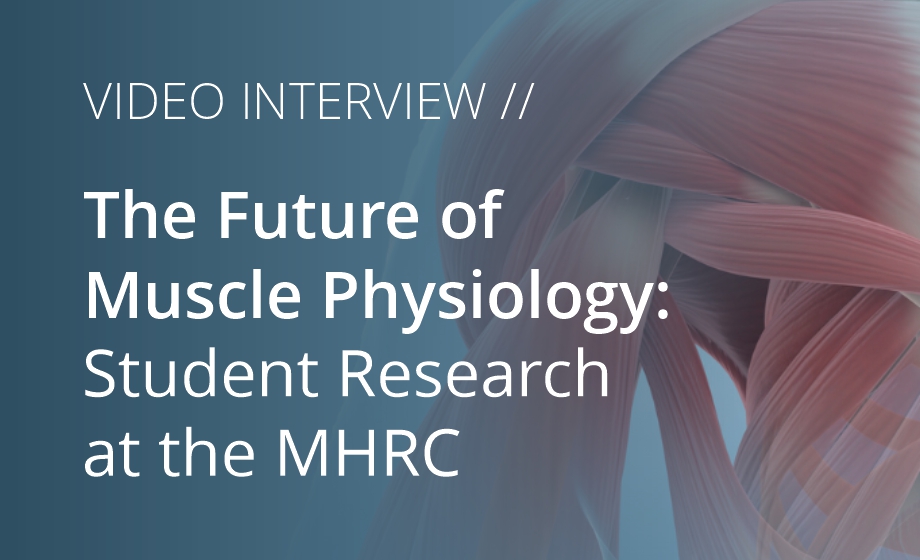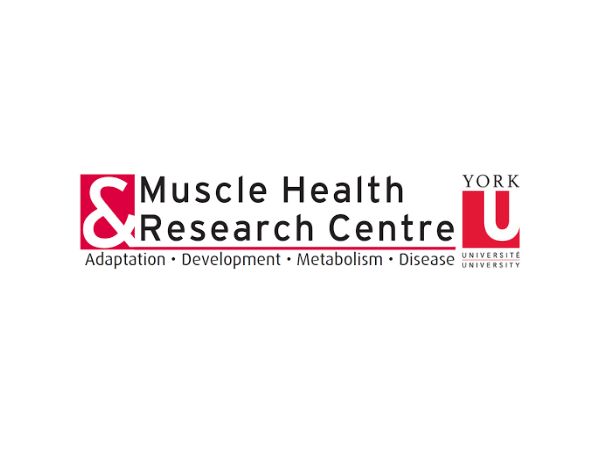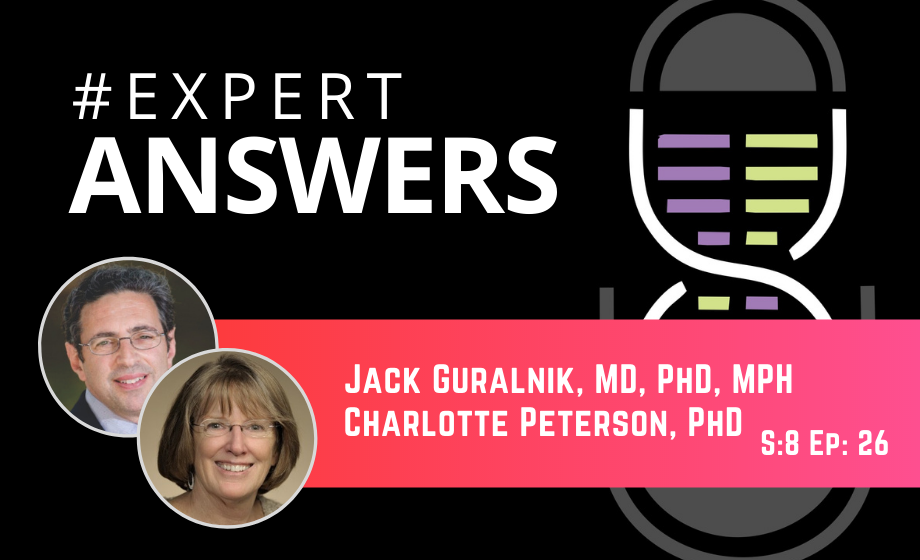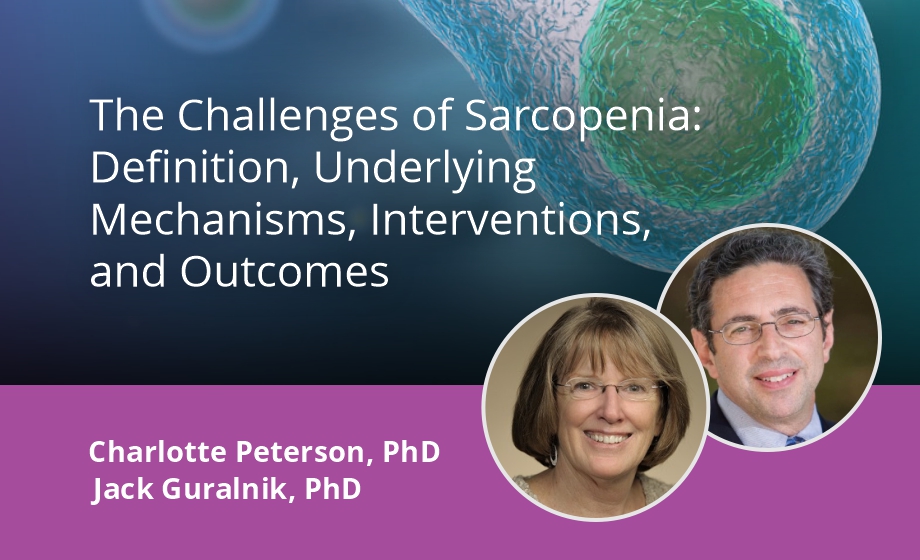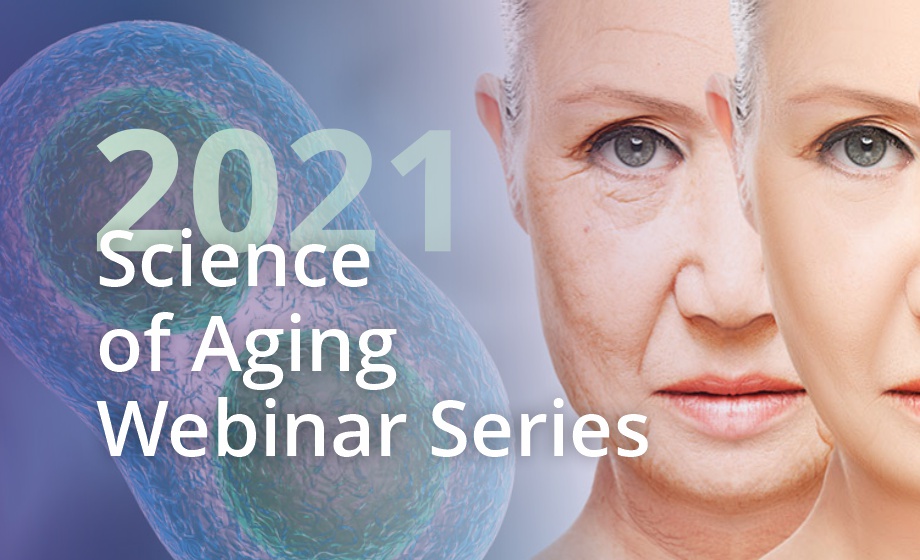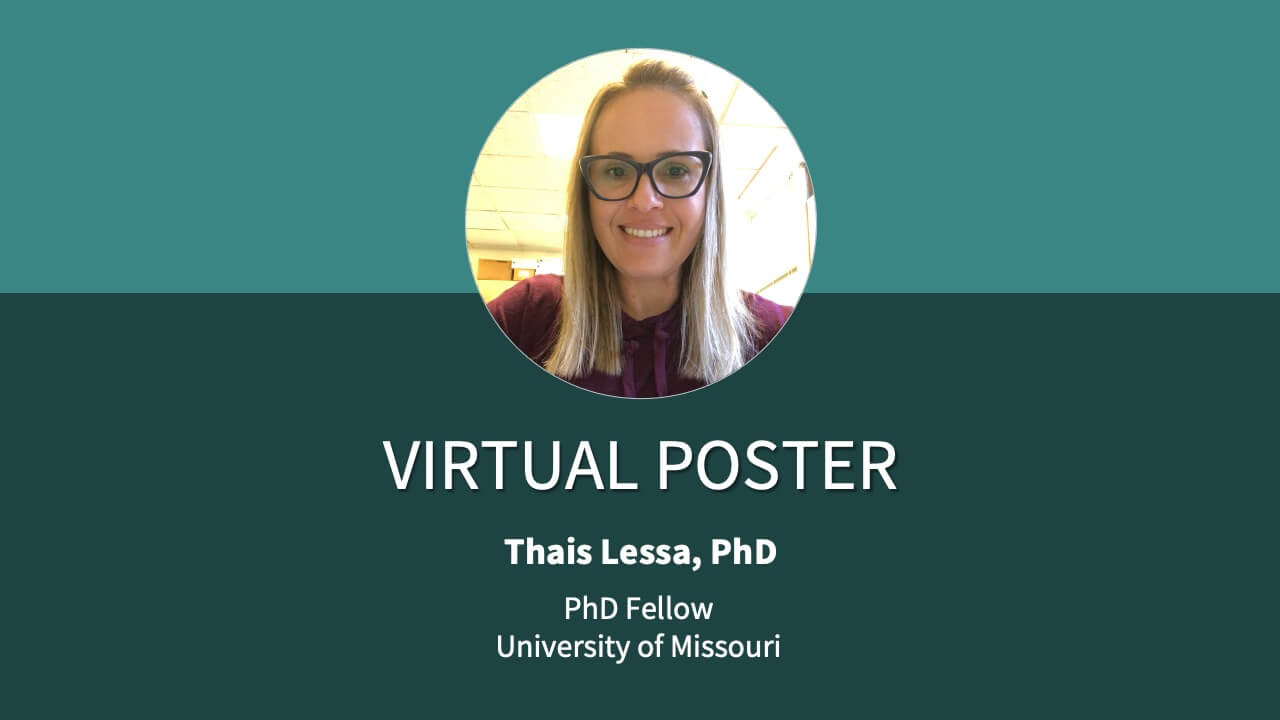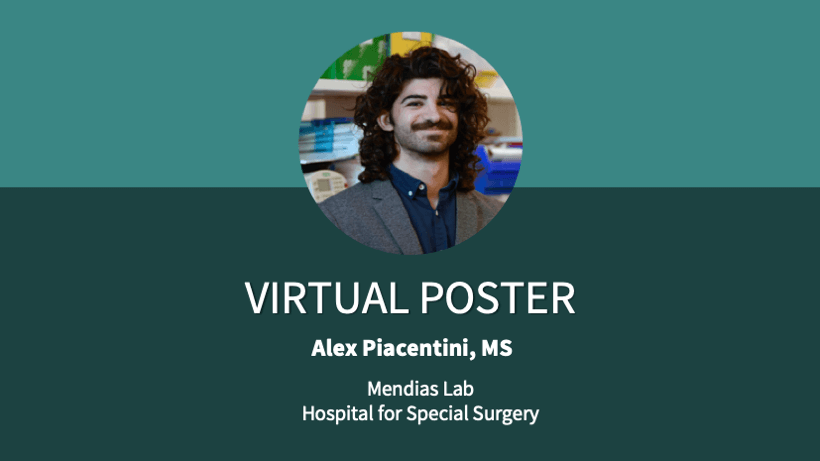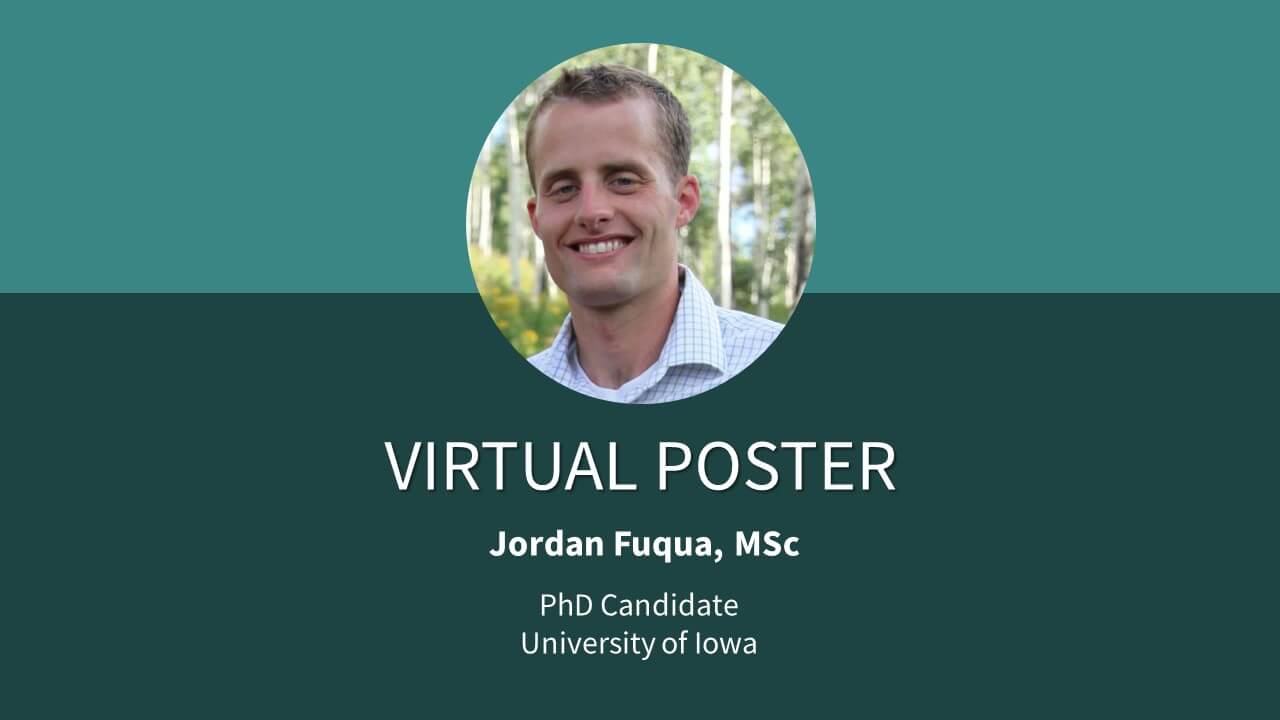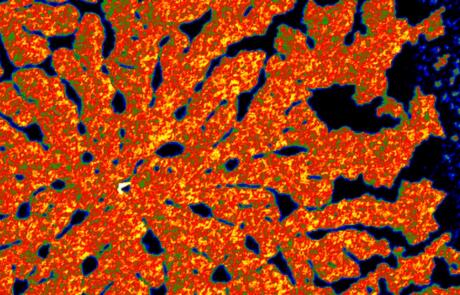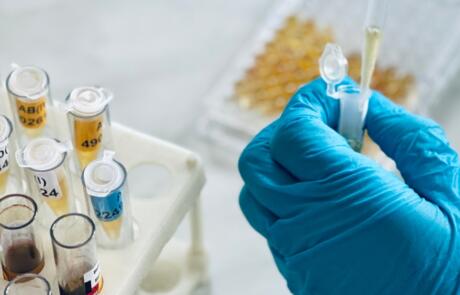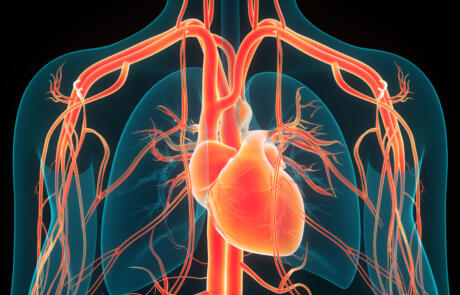Molecular Signals Mediating Increases in Muscle Size and Function
In this webinar, Dr. Bert Blaauw elucidates skeletal muscle regulatory pathways and offers approaches to tackle muscle deficits for therapy.
Out of This World Research at Brock University: Space Flight’s Impact on Female Mice Reproductive Health
NASA's SpaceX CRS-29 launched on November 9th, a commercial resupply services mission to the International Space Station (ISS) that was also carrying scientific experiments and technology demonstrations. Included amongst these was the Rodent Research-20 (RR-20) payload, the contents of which will be studied by Brock University's Dr. Val Fajardo and his team using Aurora Scientific equipment upon its return.
Control of Muscle Glucose Uptake in vivo: Thinking Outside the Myocyte
In this webinar, David Wasserman, PhD provides a more complete understanding of muscle glucose uptake through consideration of the integration of physiological systems that control this process.
Cut and Paste of Myosin Binding Protein-C in Striated Muscles
Dr. Samantha Harris discusses the development of three new mouse models in her lab, engineered to target and replace specific myosin binding protein-C paralogs in muscle fibers and impact of their mutations on skeletal and cardiac muscle diseases.
Video Interview – Aurora Scientific’s 801C: Small Intact Muscle Apparatus
Chris Rand discusses Aurora Scientific's 801C: Small Intact Muscle Apparatus. The device can be used for measuring muscle contractility and for other applications in fields like muscle physiology and cardiovascular science research.
#ExpertAnswers: Sarah Greising on Muscle Injury Recovery
Sarah Greising discusses the current pathophysiologic understanding of the skeletal muscle remaining following traumatic musculoskeletal injuries.
Mitochondrial Adaptations and Homeostasis: Student Research from the MHRC
The Muscle Health Research Centre (MHRC) is one of Canada's leading innovators in muscle physiology research. In this blog post, we finish our series of interviews with student researchers at the MHRC and learn more about their research objectives, findings, and goals.
Industry Insights with Chris Rand from Aurora Scientific
Chris Rand delves into the start and evolution of Aurora Scientific, and their journey within the preclinical research world.
Mitochondrial Contributions to Muscle Weakness: Student Research from the MHRC
The Muscle Health Research Centre (MHRC) is one of Canada's leading innovators in muscle physiology research. In this blog post, we continue our series of interviews with student researchers at the MHRC and learn more about their research objectives, findings, and goals.
Functional Recovery of the Musculoskeletal System Following Injury – Leveraging the Large Animal Model
Watch Dr. Sarah Greising discuss the current pathophysiologic understanding of the skeletal muscle remaining following traumatic musculoskeletal injuries.
The Future of Muscle Physiology: Student Research at the MHRC
The Muscle Health Research Centre (MHRC) is home to many researchers who push the boundaries of muscle physiology. In this blog post, we summarize an interview with three students from the Muscle Health Research Centre (MHRC) at York University.
Muscle Health Research Centre (MHRC)
The Muscle Health Research Centre (MHRC) provides a centralized and focused research emphasis on the importance of skeletal muscle to [...]
#ExpertAnswers: Charlotte Peterson & Jack Guralnik on Aging Science
In this episode of Expert Answers, Dr. Jack Guralnik and Dr. Charlotte Peterson answer questions about sarcopenia, the physiological mechanisms underlying the disease, and the current avenues of treatment and assessment.
The Challenges of Sarcopenia: Definition, Underlying Mechanisms, Interventions, and Outcomes
Dr. Charlotte Peterson and Dr. Jack Guralnik will discuss the challenges of sarcopenia. They will define the disease and provide an in depth overview of the underlying mechanisms of pathology. They will then share some potential therapeutic interventions and disease outcomes for patients.
Science of Aging: A Physiological & Translational Perspective
Science of Aging - A Physiological & Translational Perspective: A webinar series covering fundamentals, late-breaking research and novel discoveries in the field of aging science.
An Improved Method for Studying Mouse Diaphragm Function
A detailed and ready-to-use protocol on the design and manufacturing of diaphragm clamps, and how to mount them to a muscle force measurement system.
ASO-Mediated DNM2 Knockdown for Centronuclear Myopathies
Suzie Buono discusses the work she and her team have done to provide an example of treating a dominant disease by targeting both alleles, suggesting that this strategy may be applied to other dominant diseases.
More Than Just Webinars – Aurora Scientific Virtual Poster Program
In case you missed it, we recently began working with budding scientists and early career researchers to help expose [...]
The MRL/MpJ Mouse Strain Is Not Protected From Muscle Atrophy And Weakness After Rotator Cuff Tear
The MRL/MpJ mouse strain has been touted as a "superhealer" although different tissues have previously displayed different levels of healing ability. We sought to test that ability in skeletal muscle.
ULK2 is Essential for Degradation of Ubiquitinated Protein Aggregates and Homeostasis in Skeletal Muscle
Jordan Fuqua discusses how autophagy and proteolytic processes are regulated in skeletal muscle, specifically looking at ULK1 and ULK2 and their roles in maintaining skeletal muscle homeostasis, morphology, protein aggregate degradation and autophagy.
